Unwanted and unloved. Lying in a tattered cardboard box at a local yard sale, I found a battered little ‘70s Konica rangefinder. It was ugly. There was some kind of black, tarry substance blotting bits of the top panel and the glass rangefinder window had fallen inside the camera body. I popped open the back and discovered, to my complete non-surprise, that the light seals had turned into sticky goo. Maybe — just maybe — with a good dose of restoration, this hunk of neglect could be transformed into a working camera. I wasn’t sure I was up for it, but I was willing to spend the $1 asking price to find out.
As the photos above show, the camera cleaned up nicely. All it took was a little (well, okay, a lot) of tender love and care and new light seals. Even better, once I installed a battery and ran a couple of rolls through it, I found myself really enjoying it. When I saw the results, I was doubly pleased. The photos appeared properly exposed and the 38mm Hexanon lens delivers nice and sharp results. I was impressed.
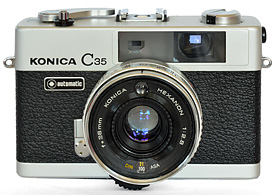
The heart of the C35 is its sharp 38mm f/2.8 Hexanon lens. The camera's self-timer lever is to the left of the lens.
While many rangefinders from the 1970’s feature a blend of automation and manual control, the exposure system of the Konica C35 Automatic is, as its name suggests, fully automatic. It selects both the aperture (f/2.8 to f/14, oddly) and shutter speed, which ranges from 1/650 to 1/30. There is a bulb setting, but the camera defaults to f/2.8 when it is engaged. The camera has a 9EV range, but only if you choose the right film. ISO 200 and 400 are the best choice, but if you use ISO 100 you end up sacrificing one or two stops of exposure range by being able to cope with rarely seen exposure values of EV16 and 17, at the expense of those dimmer than EV 8.
The upside of having the exposure set automatically is that the C35 is very easy to use — just point, focus, and shoot. The viewfinder is nice and bright and the rangefinder patch is easy to see. The viewfinder display also tells you what aperture/shutter pairing is being used. Typical of the breed though, close focus is 1 meter. Weighing only 370 grams (13 oz), the Konica weighs 60 grams less than the similarly diminutive (but, more capable) Olympus 35RC.
So what’s not to like? At the risk of criticizing the C35 for being what it’s not, the lack of any manual control is something of a limitation. Aside from focus, the only controls you have are the half-press exposure lock and a compensation workaround via the camera’s ISO setting. Still, I have cameras that are more capable that I actually use less often than the Konica. It’s light weight is often more important to me than manual control. It’s never let me down and the photos I’ve gotten have been as good as the ones I’ve captured with more sophisticated gear. As an added bonus, the C35 isn’t as widely sought after as the 35RC or the various Canonets, so you’re much more likely to score one for a couple of bucks. And for that kind of money, there’s nothing to complain about.

Arbutus trees, Tower Point CRD Park, Victoria, BC.
(Camera: Konica C35 Automatic; Film: Fuji Superia 200)
Did you find this article interesting or helpful? If so, consider using this link the next time you shop at Amazon.com. Better yet, bookmark it for future use. Thanks to Amazon’s associates program, doing so costs you nothing yet helps keep this site up and running. Thanks!
For more of my camera reviews, click here.







 Subscribe with RSS
Subscribe with RSS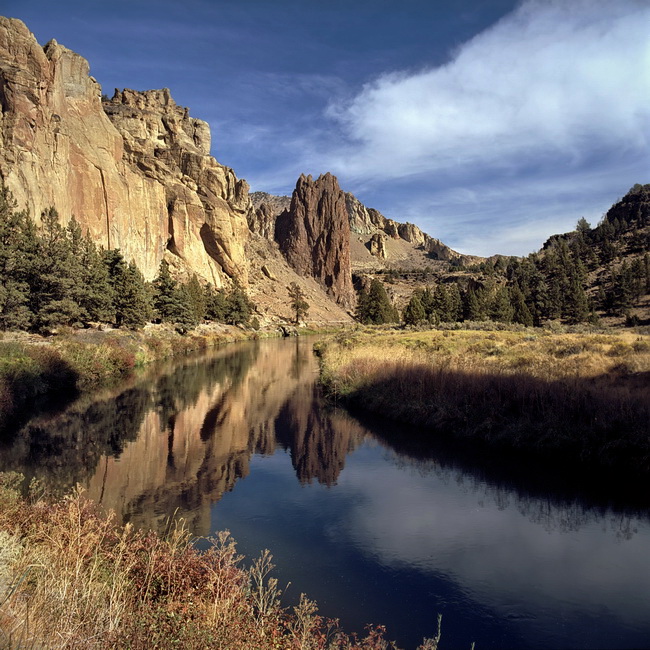
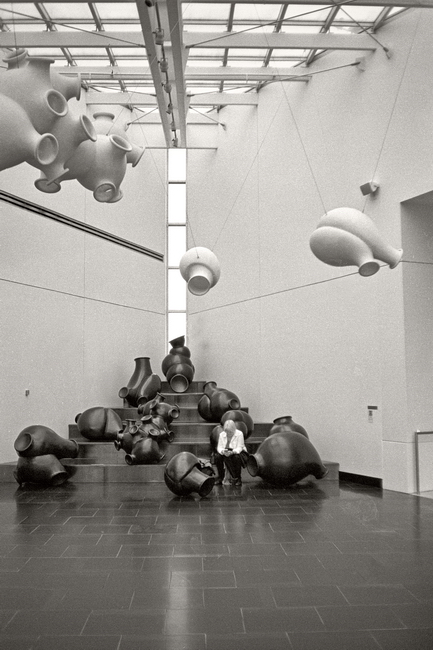
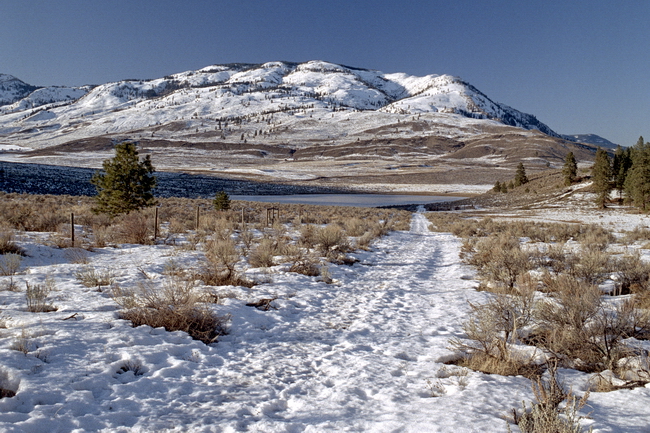
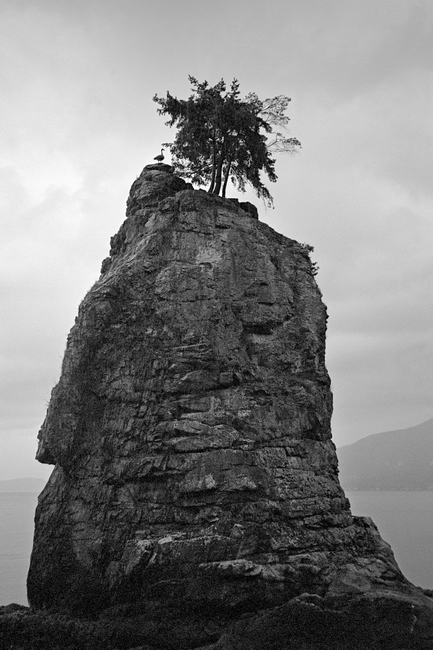

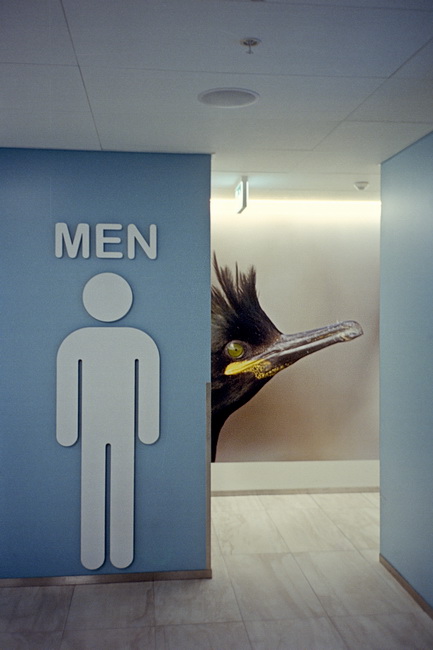
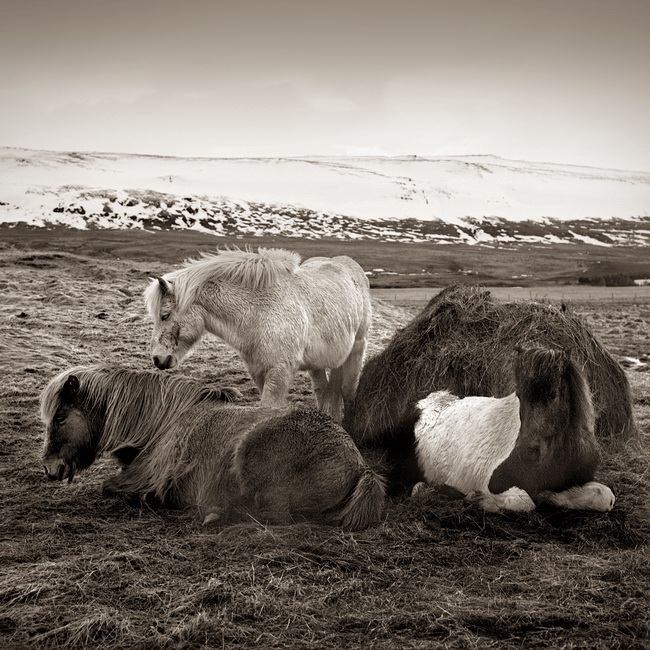


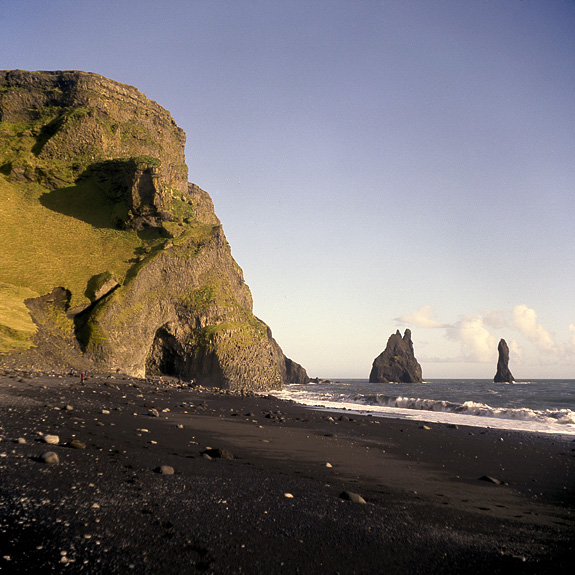
I had one of these many years ago that I regret selling. It was a fun little light weight camera that was quite fun to use!
is it only lightmeter that operates with battery?
will shutter still operate without battery?
So far as I know, the shutter only fires at one speed without a battery.
Lovely little camera there, most impressed. So I’ll have to look out for one and snaffle it up. Must admit I am a bit partial to the range finder style.
Did u do the restoration Gary or did u have someone do it for u?
The sample photos are very impressive too. In particular the B&W one of East Sooke Park.
I fixed it up Gordon. It’s one of the easier cameras to mess around with.
I’m new to the C35 Flashmatic and a bit confused. Mine doesn’t have 7 32 on the GN and the 28 90 are the ones in green instead of the 14 45. Does that mean anything? Oh, and what’s the safest “lens setting” for a C35 Flashmatic beginner like me?
Thanks lots, Gary!
I’m not familiar with the Flashmatic version, but assuming it’s like the regular Automatic, I’d just leave it in automatic mode, unless you’re using a flash, in which case you’d match the GN to the GN of your particular flash.
Hello, i don’t understand what GN means. I thought that those numbers would be the f or the speed but i dont know what they are, and the battery doesnt work si you say that if ir hasnt got a battery it shoots just un one speed?
I’ve just bought this little beauty, but I’m not sure if the metering will work properly with 1,5V battery. Shouldn’t I set for example 100 ISO for my 200 ISO film to compensate it?
Which type of battery did you choose to put in the c35?
Just a A675 hearing-aid battery. They’re cheap and easy to find.
Gary
Hi film camera people..
I’ve using a couple of C35’s over the passed couple of years. I have both the rangefinder and zone focus versions (C35V). They work really well and have performed for me better than some more complicated SLR setups I have (more than likely down to human error).
When it comes to batteries. I use a +675 cochlear implant battery (Amazon purchase). Any camera that originally used a mercury 1.35v cell. They work really well and cheap enough too.
Remember though, the C35 as with many other cameras manufactured around 60s/70s had no on/off button for the meter except for replacing the lens cap. So if you plan to shoot on a sunny day, try and keep the lens cap in place to help the battery/meter and protect the lens.
Definitely recommended.